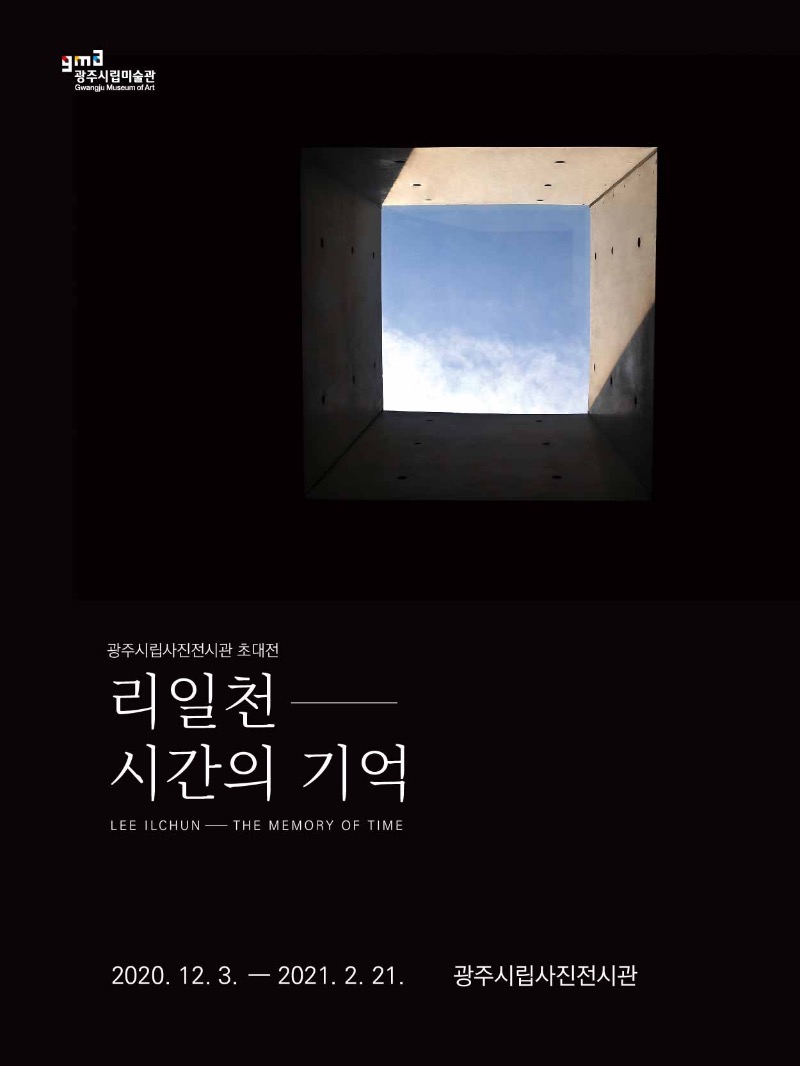
| Period| | 2020.12.03 - 2021.02.21 |
|---|---|
| Operating hours| | 10:00 - 18:00 |
| Space| | Gwangju Museum of Art |
| Address| | 52, Haseo-ro, Buk-gu, Gwangju, Republic of Korea |
| Closed| | Mon., Jan. 1st, Korean Holiday |
| Price| | Free |
| Phone| | 062-613-7100 |
| Web site| | 홈페이지 바로가기 |
| Artist| |
리일천
|
정보수정요청



|
|
Exhibition Information
This exhibition is [Memory of Time] exhibition of local photographer Lee Il-cheon, who is actively engaged in photography work in Gwangju and is showing artistic achievements. Li Il-chun works on philosophical reasons for "time and space" through his own visual language. When asked what photography is in "On Photography" published in 1977, Susan Sontag said that photography is a grammar and visual language. For more than 30 years, Lee Il-cheon made various attempts to expand the limitations of traditional photography functions to find his own visual language. The exhibition consists of three sections: 'Existence and Time', 'Prospect of Space' and '100 Gwangju Artists'. In the "Existence and Time" section, works that express the flow and change of time through light and shadows, which are essential attributes of photography, and in the "Prospect of Space" section, works that reinterpret space through changes in perspective and view of space were displayed. These two sections represent "time and space" in subjective metaphors and abstract ways through the work of Equivalence. In the "100 Gwangju Artists" section, works that capture the inner impression of Gwangju artists have been displayed since 2006 by visiting art sites and the studio of local artists. The recording of Gwangju artists on display this time was possible because of the artist's belief in capturing the history of Gwangju art.
